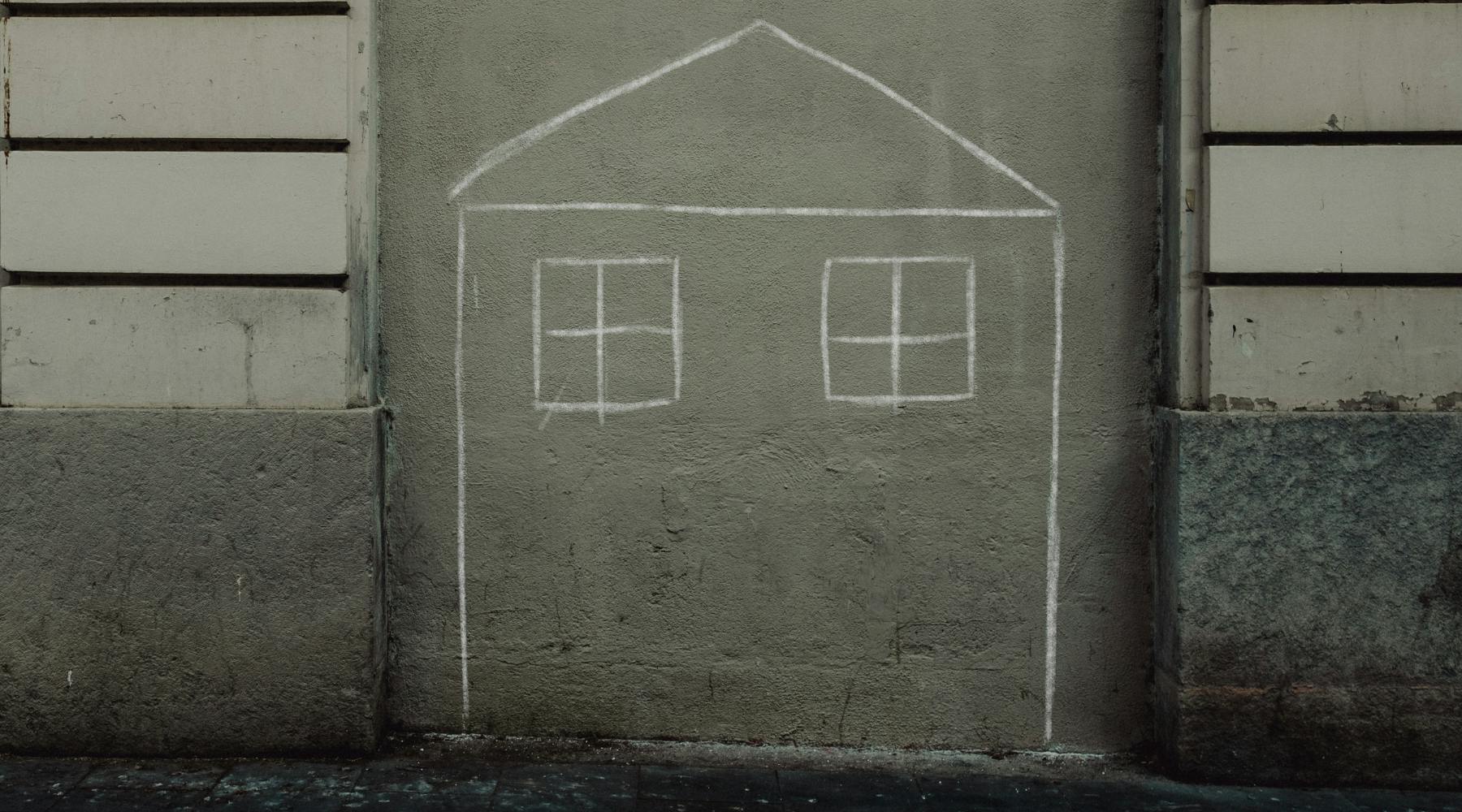Homelessness is a problem that is not always visible. Around 350 people a month become homeless for the first time in Calgary, but what is the total number of people at risk of homelessness, and what are the circumstances that brought them there? A new research study conducted by Ron Kneebone and Margarita Wilkins from the School of Public Policy at the University of Calgary delves into these questions in a new report estimating the number of Calgarians at risk of homelessness.
Homelessness is not a static condition. People who experience homelessness today may not have been homeless in the past and may not be in the future. Data from homeless shelters shows that many people use shelters infrequently and for short periods. This fact suggests there is a significant population of individuals who are currently housed but at high risk of losing their housing. One of the key takeaways from this study is that approximately 115,000 housed Calgarians living in approximately 40,000 households are at very high risk of losing their housing.
This study uses a multi-faceted approach to identify individuals at risk of homelessness, relying on 2016 census data because 2021 census data was deemed unreliable due to temporary income fluctuations. Data on the cost of housing, food, income, and food bank usage were all used to estimate the number of people at risk of homelessness. This study assumes those at risk of losing their housing will pursue renting lower-cost accommodations and will reduce their food budget by up to 50% by going to the food bank.
A person is considered at risk of homelessness when their income is insufficient to cover their basic needs, including housing. A prerequisite for being at risk of homelessness is living in income poverty. The Market Basket Measure is a measure of low income based on the cost of a basket of goods and services that a family requires to meet their basic needs – including secure housing - and is used as a starting point to estimate the number of people at risk of becoming homeless. However, being below the poverty line does not automatically imply high risk; it depends on a person's efforts to address their situation.





